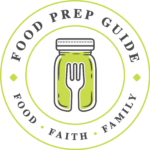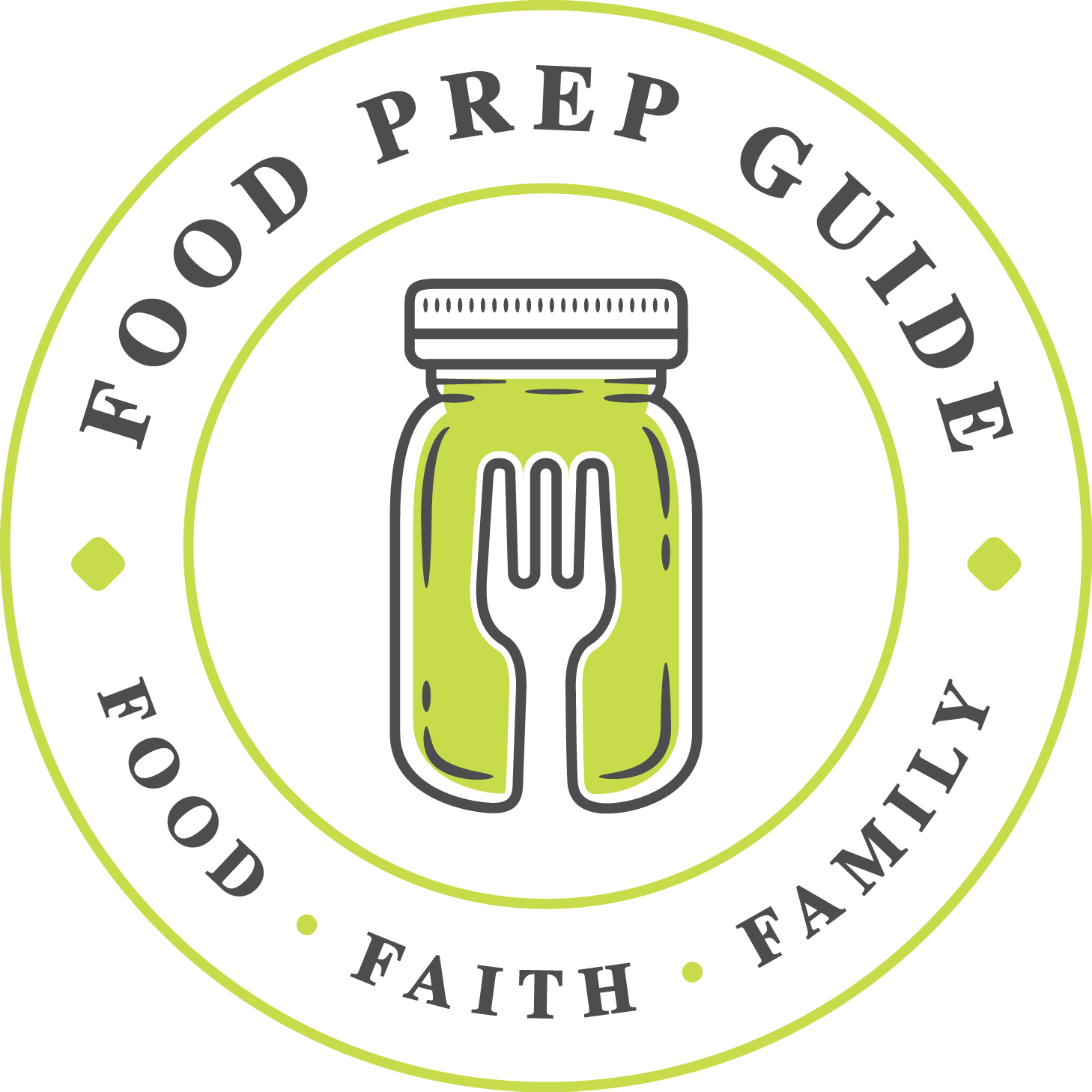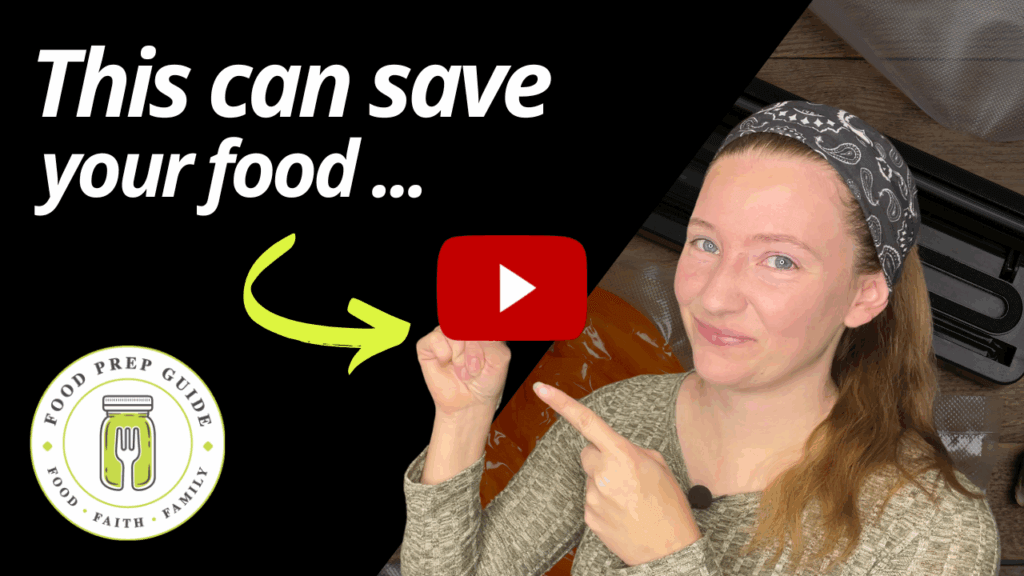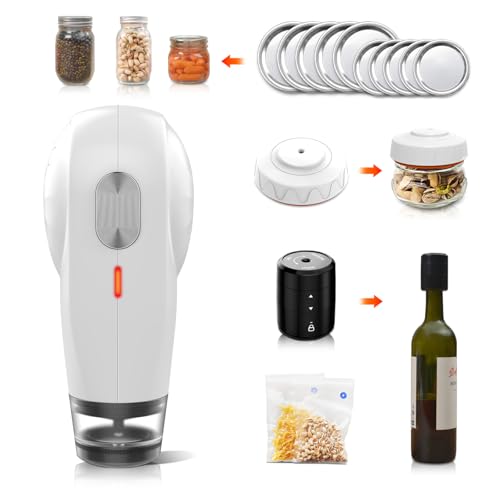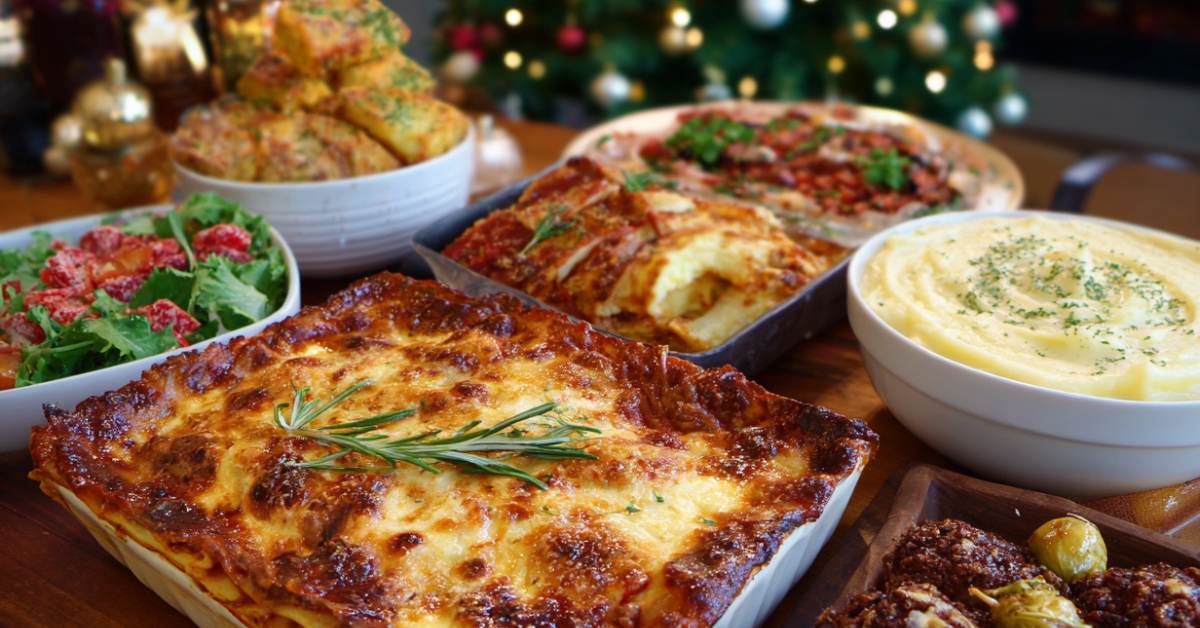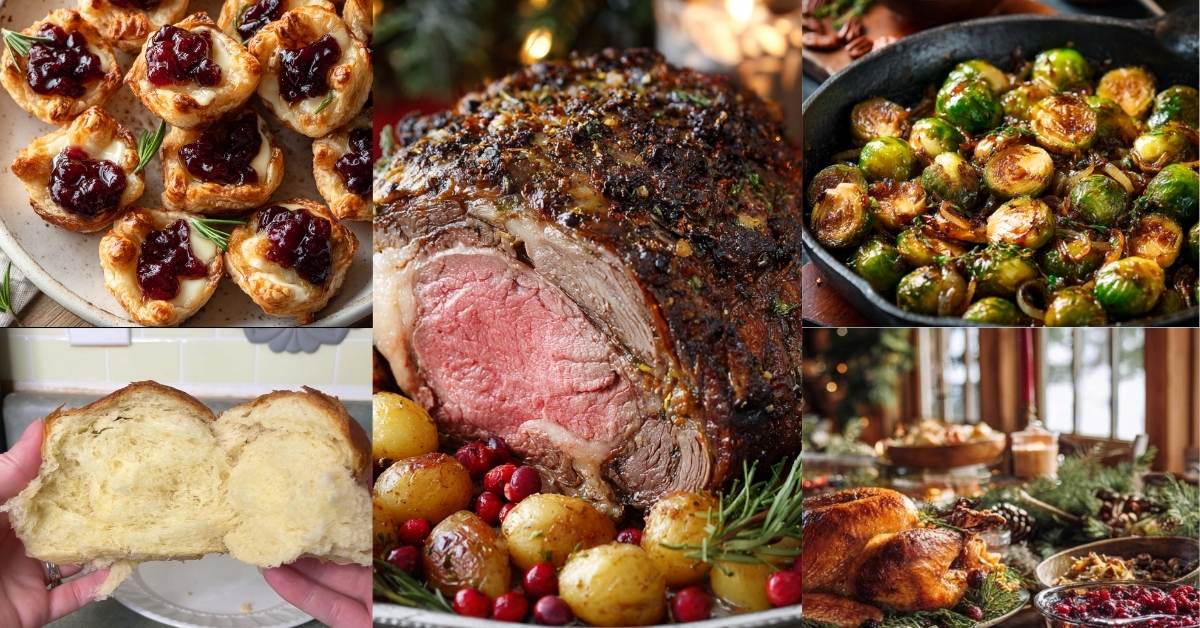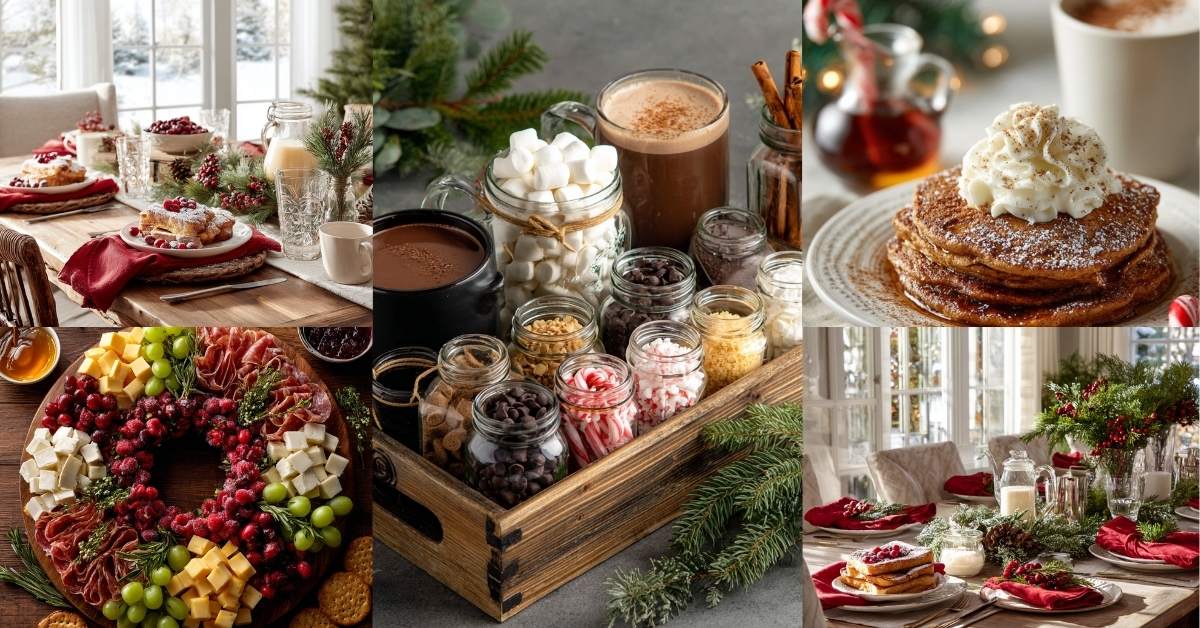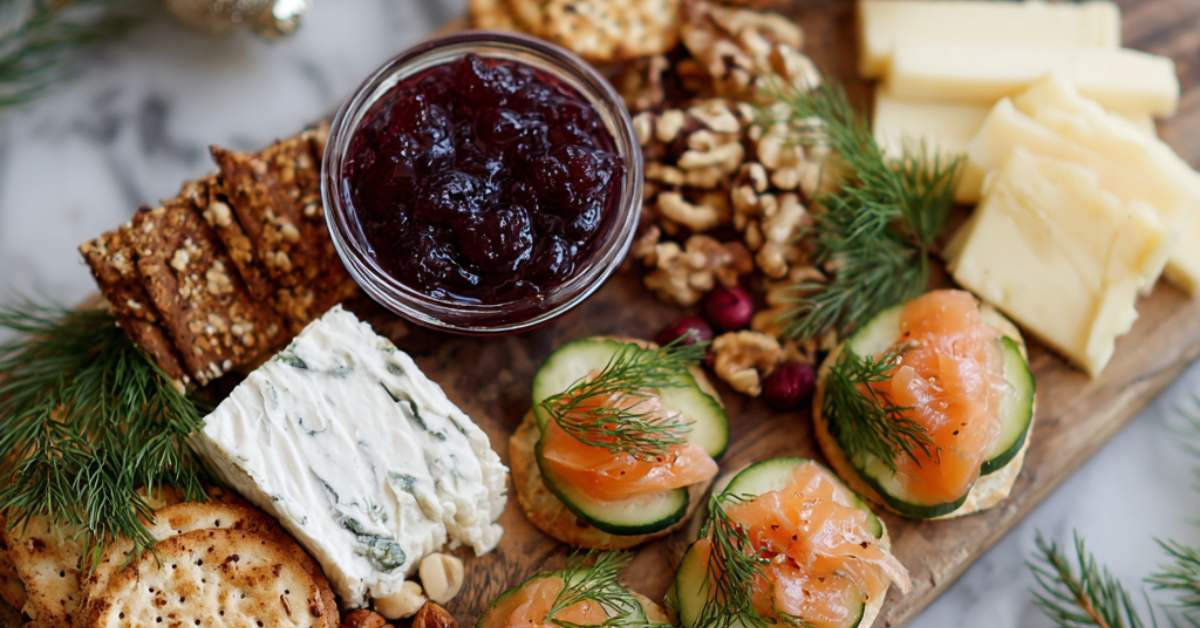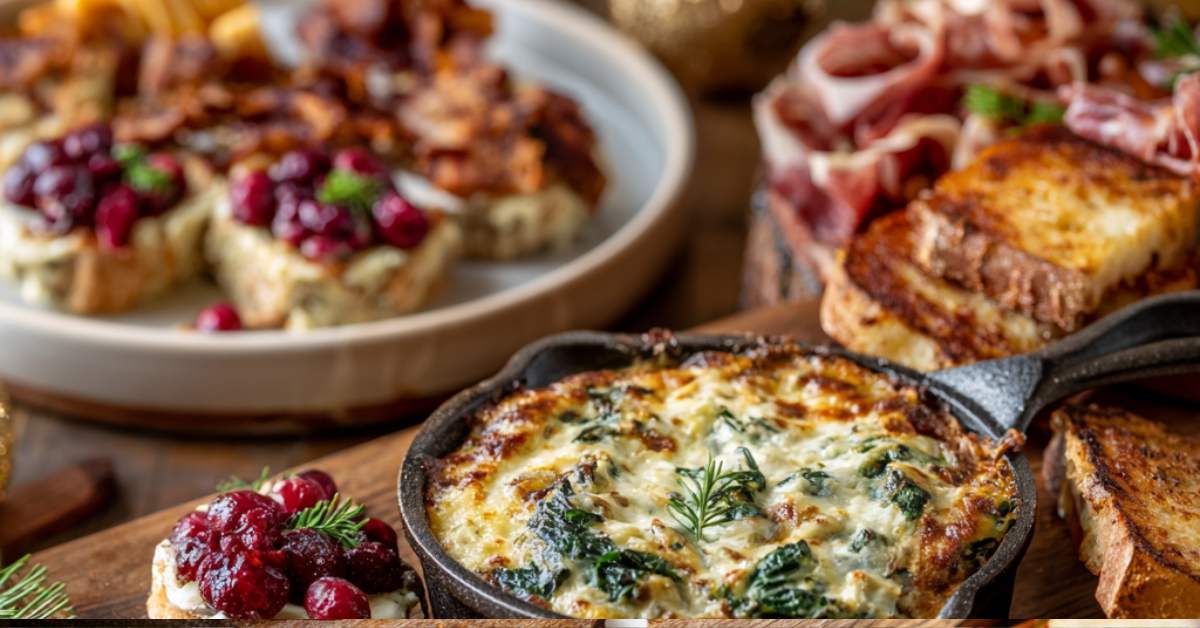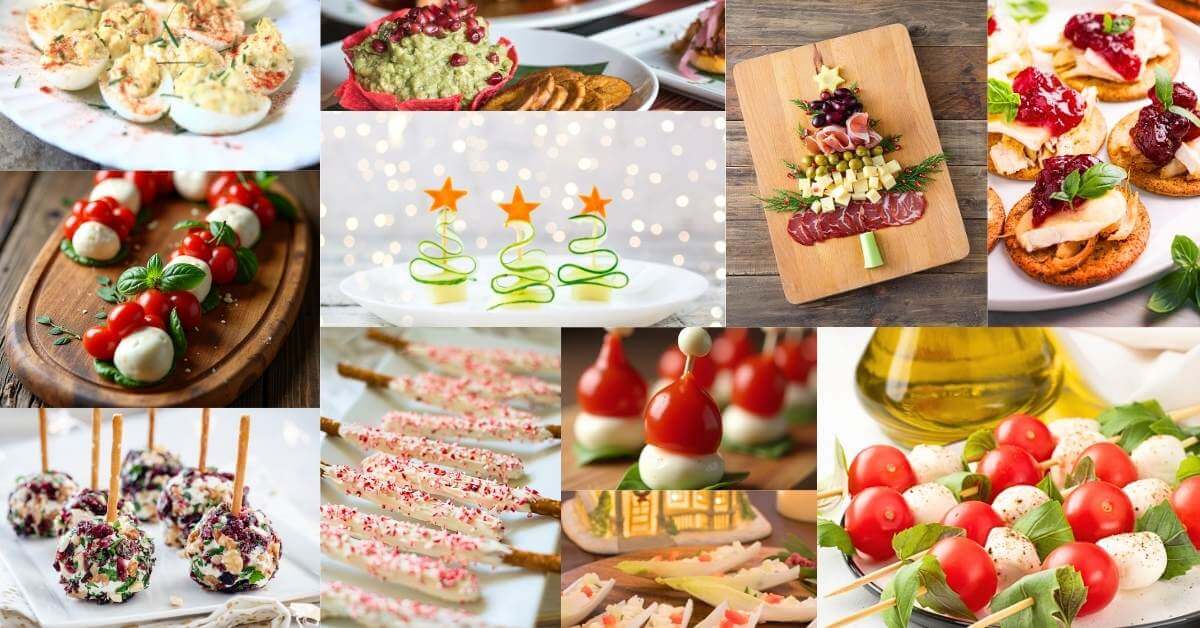Today we’re talking about one of the best tools in our pantry-prep toolkit:
Vacuum sealing!
But here’s the thing—while vacuum sealing can absolutely extend the life of your food and protect your investment, it only works if you’re using it correctly.
After years of trial and error (and more than a few bags puffed up with freezer air), we’ve narrowed down the top 5 vacuum sealing mistakes that can cost you time, money, and food quality.
Let’s walk through them together—so you can seal your food with confidence and peace of mind.
1. Not Pre-Freezing Soft Foods or Sauces
Soft fruits like strawberries, or homemade goodies like pesto, don’t love that intense suction. Without pre-freezing, vacuum sealing can crush delicate foods and squeeze out juices you’d rather keep inside.
Quick Tip:
- For fruits and sauces, freeze first—especially in single-serve portions.
- We love using silicone ice cube trays to freeze our homemade pesto. Once solid, we pop the cubes into vacuum-sealed bags for easy access.
💡 Bonus Hack: Use zip-top vacuum bags with a handheld sealer for portioned items. No need to drag out the big machine for every use!
Prices pulled from the Amazon Product Advertising API on:
Product prices and availability are accurate as of the date/time indicated and are subject to change. Any price and availability information displayed on [relevant Amazon Site(s), as applicable] at the time of purchase will apply to the purchase of this product.
2. Not Using a Barrier for Powdered Foods
Powders (like dehydrated veggie blends or fruit powders) can sneak up into the seal and cause it to fail—sometimes immediately, sometimes a few days later.
Fix It With:
- A muffin cup liner, paper towel square, or scrap of food-safe fabric placed on top of your powder before sealing.
We’ve found this little barrier makes a big difference in keeping your jars sealed long-term—not just for show.
FREE FOOD STORAGE PLAN!
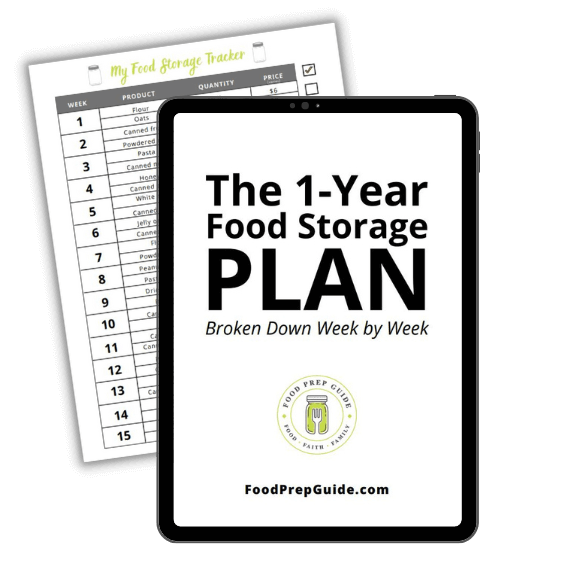
Does gathering and storing a year’s worth of food for your family seem overwhelming and unachievable?
Make it easy with our step-by-step plan. Subscribe to our weekly newsletter & we’ll send it to you FREE!
3. Overfilling Your Bags
We get it—you want to fit as much as you can in every bag. But overfilling causes:
- Crinkled seams
- Weak or partial seals
- Early failure due to food pushing up against the sealing area
Prices pulled from the Amazon Product Advertising API on:
Product prices and availability are accurate as of the date/time indicated and are subject to change. Any price and availability information displayed on [relevant Amazon Site(s), as applicable] at the time of purchase will apply to the purchase of this product.
Rule of Thumb:
Leave at least 3 inches of space at the top of your bag—more if you’re sealing bulkier items like chicken breasts. Flat items (like spinach leaves) may only need 2 inches, but play it safe when in doubt.
4. Not Inspecting the Seal (Before & After)
This one’s easy to overlook—especially when you’re sealing a dozen bags at once. But one tiny crumb or drop of juice can ruin an otherwise perfect seal.
Be Diligent:
- Before sealing: Check for debris or moisture along the seal line.
- After sealing: Run your finger along the seal to feel for any bumps or inconsistencies.
Even a great vacuum job won’t matter if the seal line fails. Taking 10 extra seconds now can save your food weeks later.
5. Vacuum Sealing Brown Sugar (Don’t Do It!)
Yes, you can vacuum seal white sugar.
No, you should not vacuum seal brown sugar.
Why? Because brown sugar contains molasses, which holds moisture. Sealing it tight turns it into a rock-hard brick.
Instead:
- Store it in an airtight container
- Use it within 6 months
- Or better yet—make your own brown sugar by mixing white sugar with molasses as needed (yes, it’s that easy!)
💡 Bonus Cookie Tip:
Skip the brown sugar altogether and just add molasses directly to your dough. We’ve tested it in chocolate chip cookies and it was one of the best batches we’ve ever made.
Vacuum Sealing Done Right
Food preservation is one of the best ways we can steward our resources wisely and prepare our families for uncertain times.
Like anything else, it comes with a learning curve.
By avoiding these common mistakes, you’ll get longer-lasting seals, less waste, and better-tasting food when it’s time to use it!
